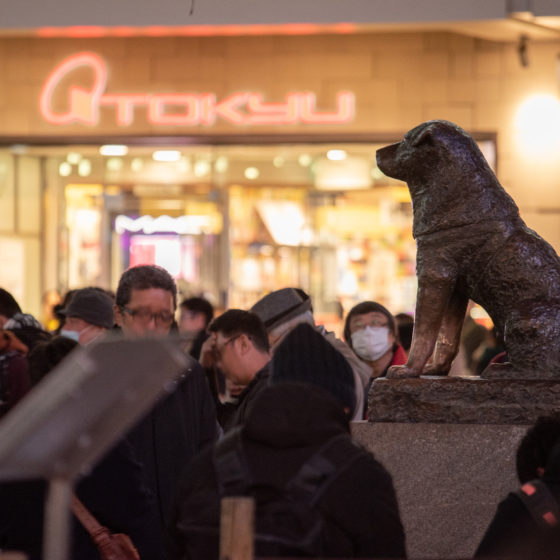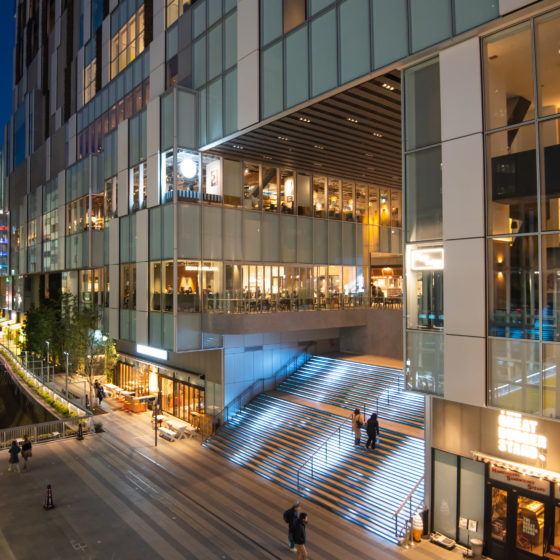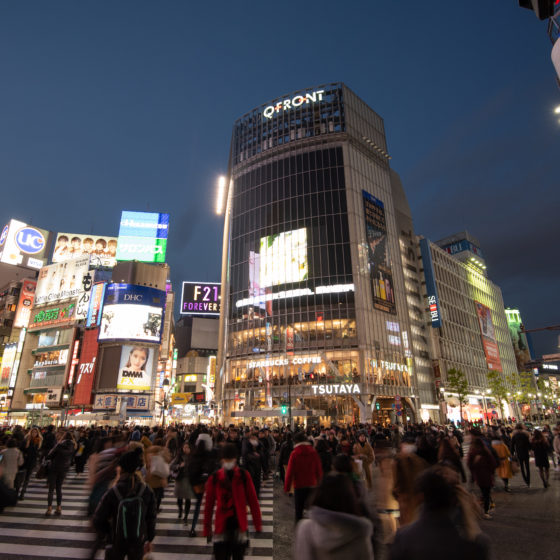- A free shuttle bus from Domestic Terminal 2 (leaving every four minutes) takes you to the International Terminal in about seven minutes. Take the elevator from the first floor to the departure lobby on the third and find yourself in a lively space with light streaming through a white, streamlined ceiling.
- From 1978, when Narita International Airport in Chiba Prefecture opened, Haneda Airport operated exclusively as a domestic hub. In 2010, Haneda built an international terminal building and thus seamlessly became an international airport again.
- The most striking feature of the interior design of Haneda’s International Terminal is a large wooden bridge on the fourth floor. Modeled on Tokyo’s renowned Nihonbashi, the historic bridge built over a tributary of the Sumida River during the first half of the 19th century, “Haneda Nihonbashi” is half the size of the original. According to Masami Yoshimura, of Tokyo International Air Terminal Corporation (TIAT), “Nihonbashi was an important Edo-period (1603–1867) location linking various ancient highways. We built this bridge so passengers can depart safety from here to their various destinations.”
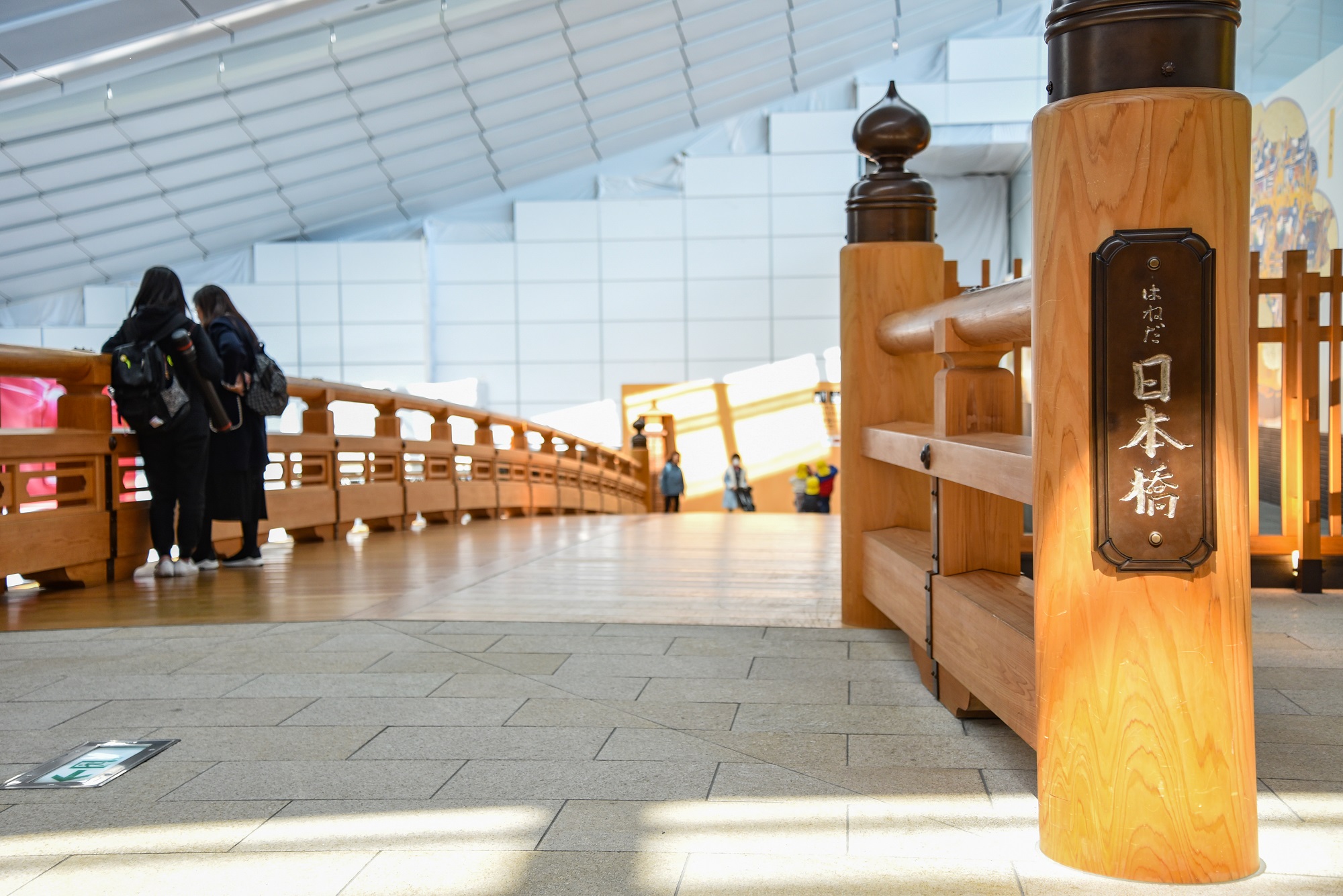
The Haneda Nihonbashi is restored in about half the size of the original bridge of the Edo period (1603–1867) in both width and length. - After crossing Haneda Nihonbashi, you arrive at Festival Plaza. On the walls are hundreds of wooden plaques inscribed with such handwritten prayers and wishes as “Please let me become a pilot” or “Please let me have a lively and fun time studying abroad.” There are even some in English, beginning with “To all my loved ones...” Regarding these inscriptions, Yoshimura says, “In the beginning, there were prayers for family health and other requests, like on wooden plaques at Shinto shrines. But at some point, everyone switched to writing wishes connected with the airport and planes.”
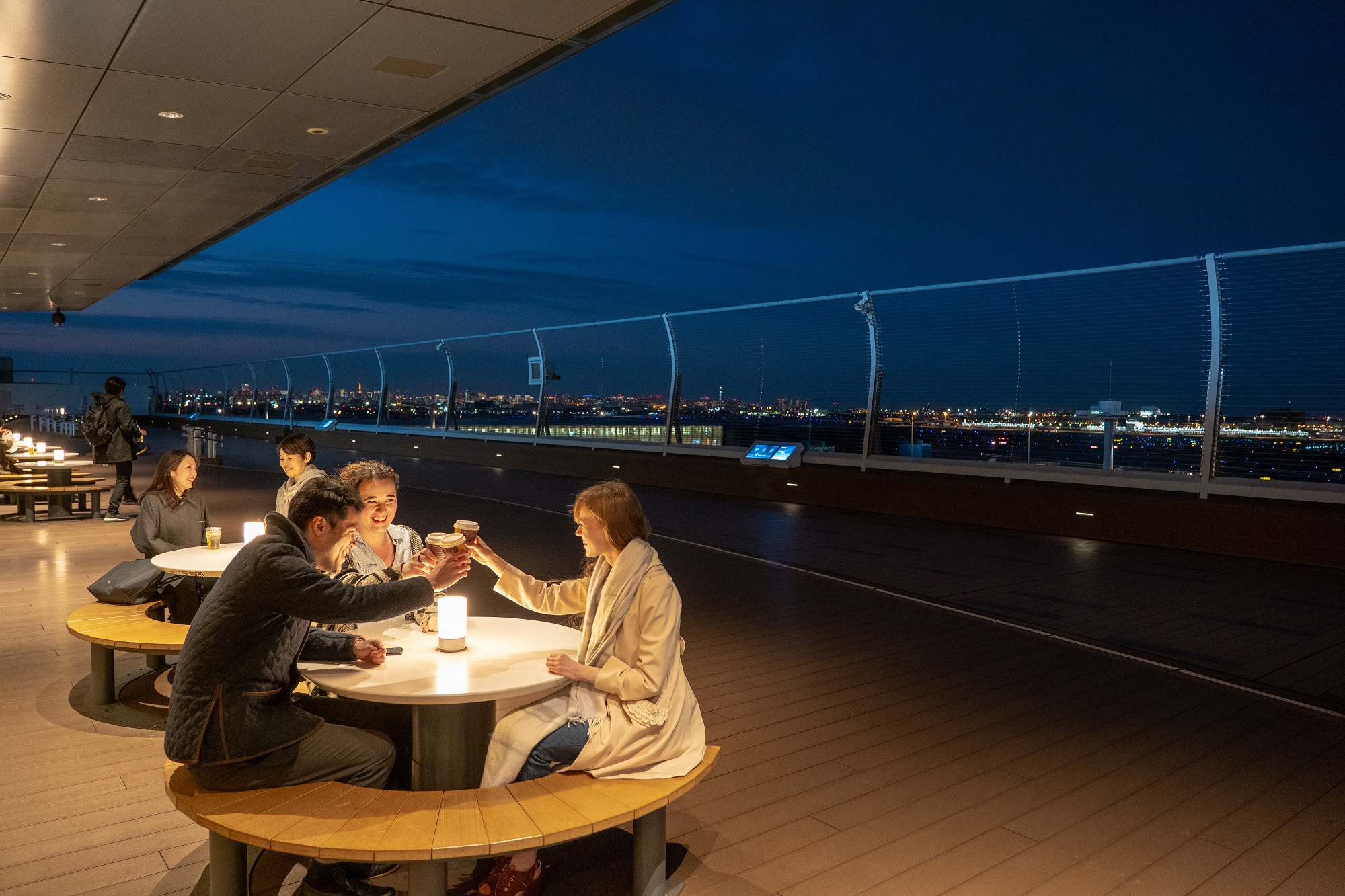
The rooftop observation deck at the International Terminal is a relaxing spot. - Also on the fourth floor is Edo Market Place, so-called Edo Koji, modeled on buildings from Edo times. Walking through this area feels like being in a period drama. A particularly striking feature is the roof modeled on a kabuki theater. Constructed under supervision of a famous kabuki actor, the late Nakamura Kanzaburo XVIII, its appearance is authentic and powerful. Edo Koji is packed with restaurants, shops with attractive goods like T-shirts and accessories decorated with traditional Japanese characters, and popular snacks difficult to get even in Tokyo.
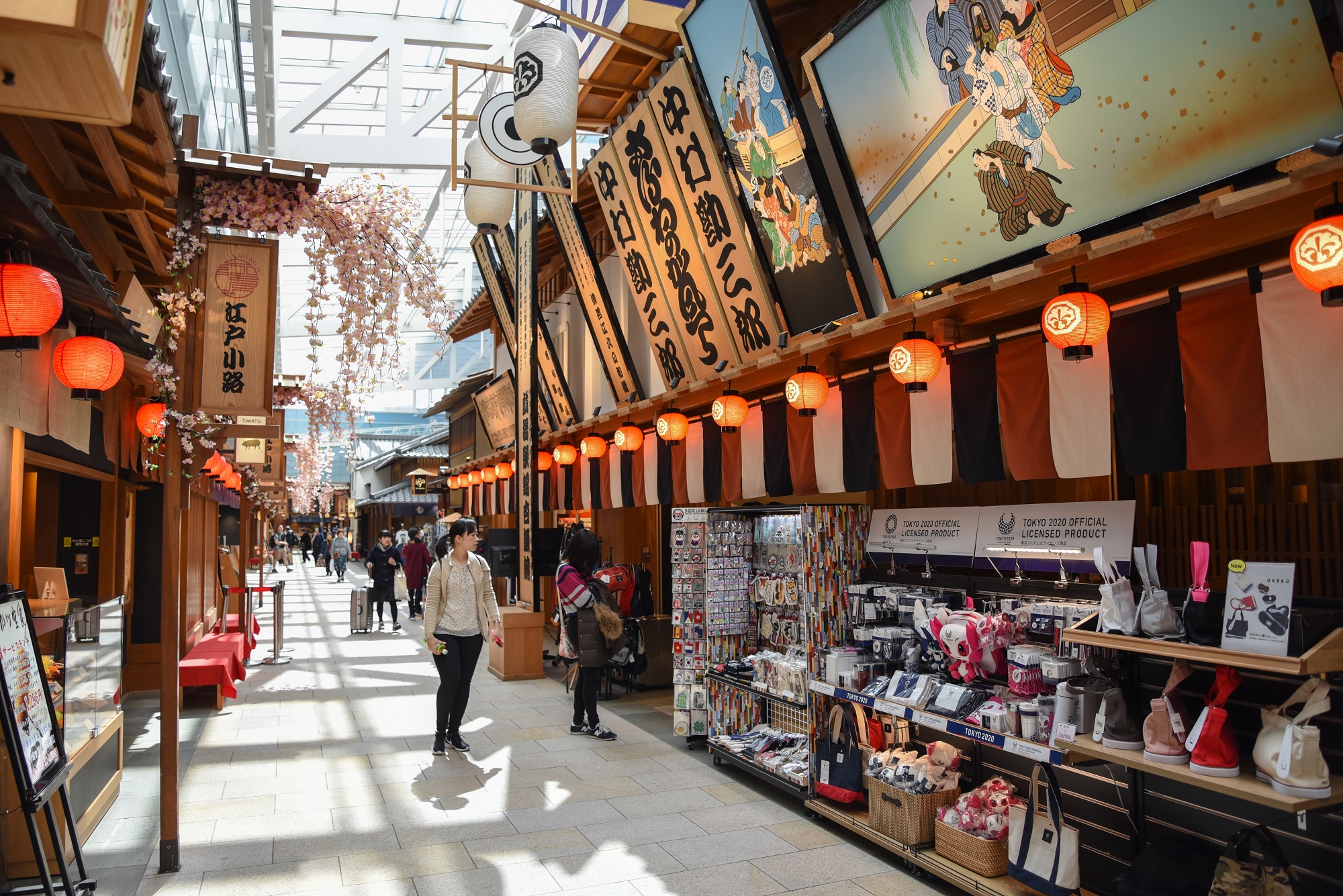
Edo Market Place, so-called Edo Koji, is a shopping area in Edo-period ambience. - A spacious observation deck (5F)— open to everyone and free—has panoramic views of runways that attract and enchant visitors day and night. There are also tables and benches, so the deck is great for drinking beer in a cool breeze on a summer’s day.
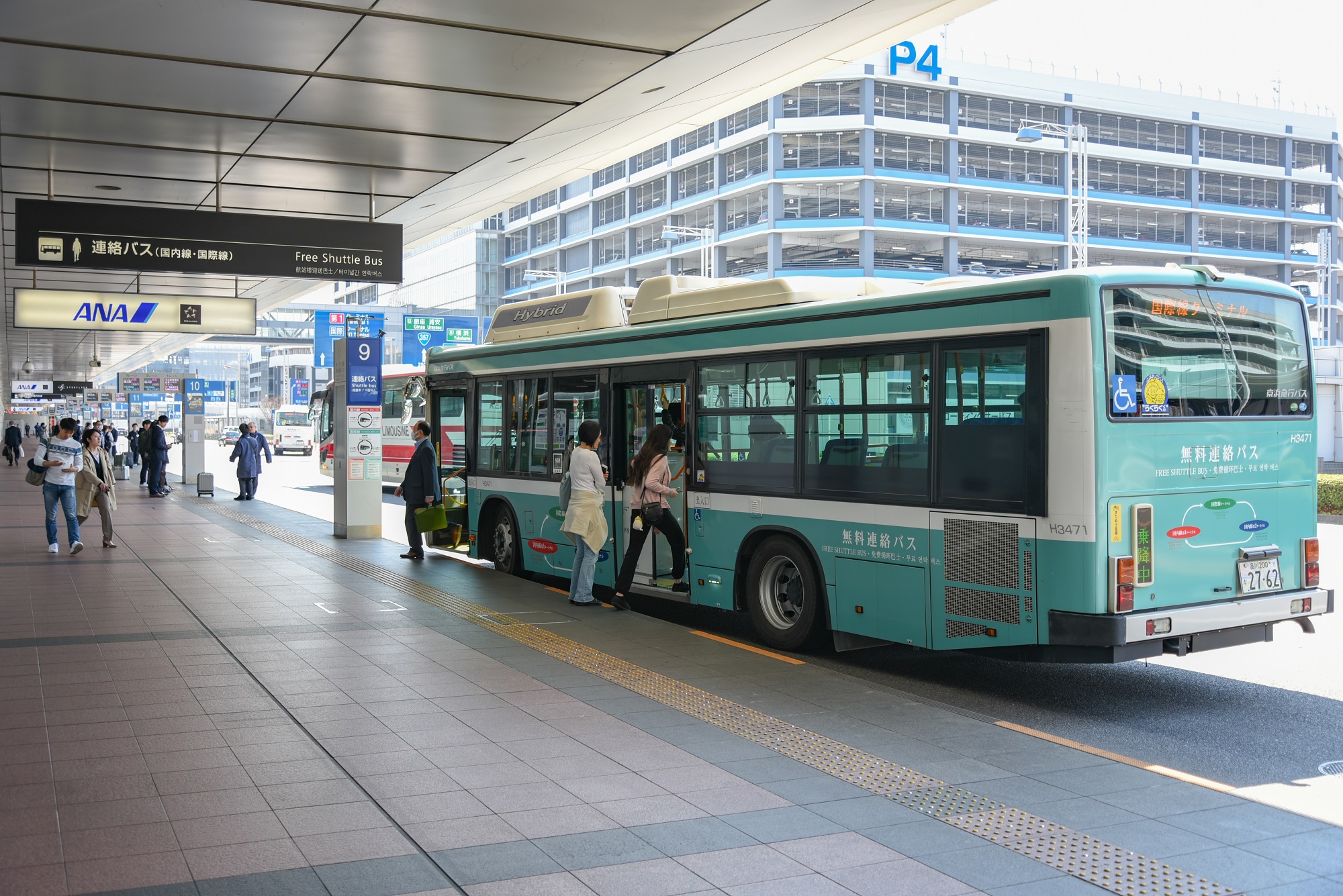
A free shuttle bus leaving every four minutes connects International and Domestic terminals.
ENGLISH CONTENTS

2019.08.02
ENGLISH CONTENTS
Step Back in Time Amid Entertaining Facilities
An airport nowadays is so much more than a place where jets take off and land. Abundant shopping and dining are highly entertaining ways to spend your time, and Haneda has many outstanding facilities.
Come experience the glamor and the excitement of a gateway to the sky with the allure of adventure.
Come experience the glamor and the excitement of a gateway to the sky with the allure of adventure.
- TEXT
- THE EXCEL TRIBUNE
- PHOTO
- Yuta Mukaiyama
- Share
-
STAY
-
HANEDA EXCEL HOTEL TOKYU
-
〒144-00413-4-2, Hanedakuko, Ota-ku, TokyoTEL.+81-3-5756-6000FAX.+81-3-5757-0706



